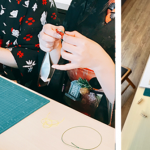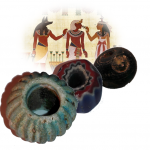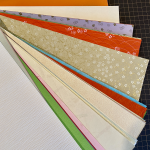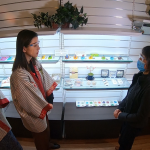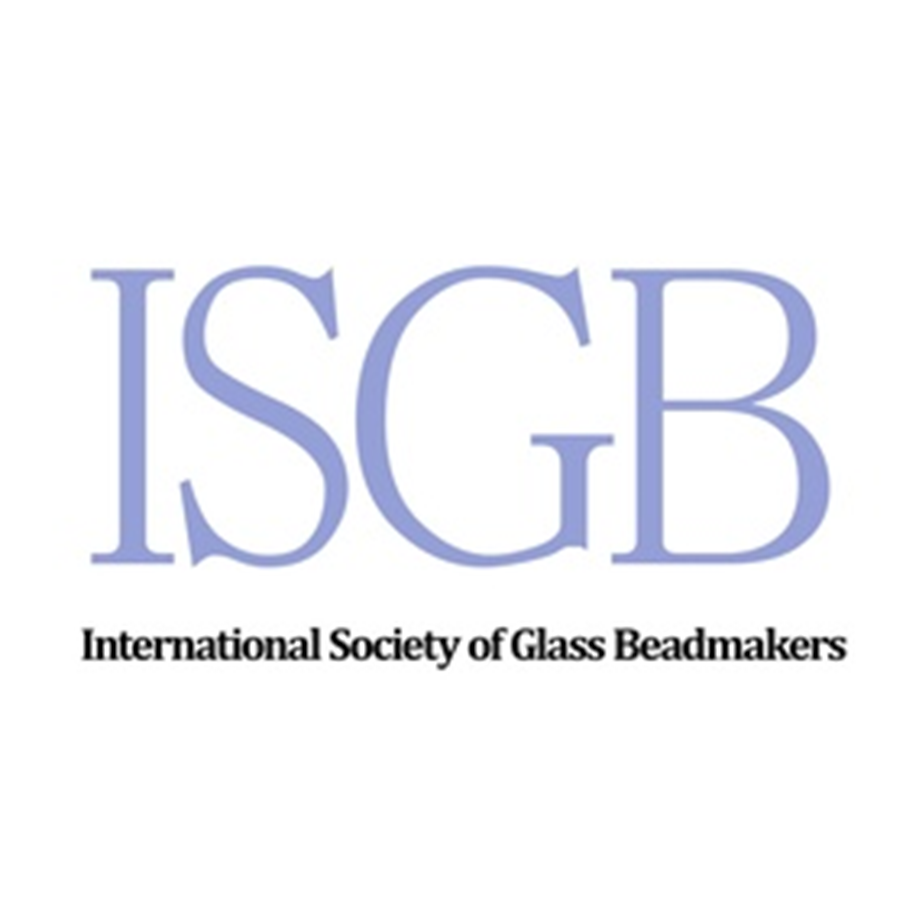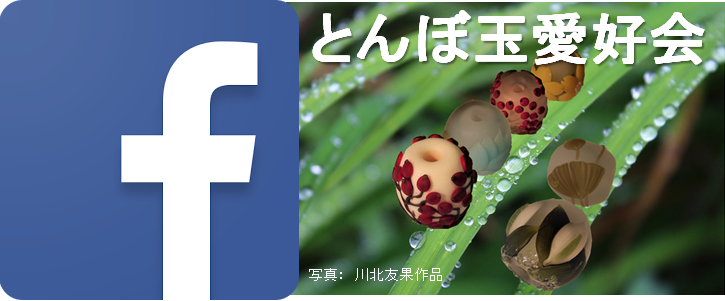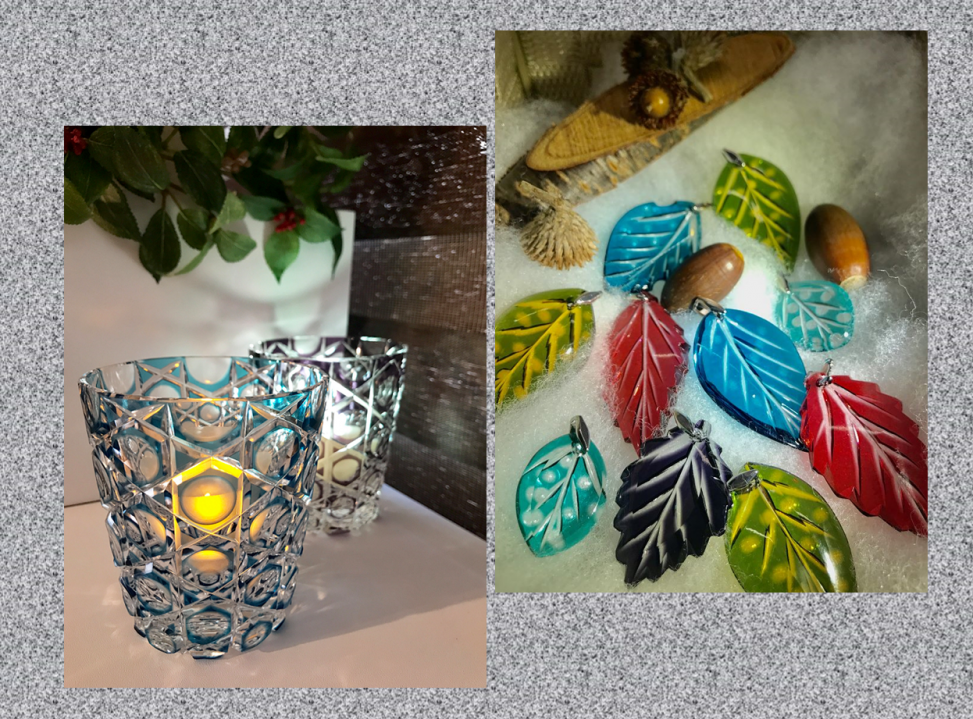A glass craft born in Edo, present Tokyo. The name Edo Kiriko is exclusive to the hand cut glass that is made in designated areas around the east part of Tokyo.
The first Edo Kiriko was said to be glass engraving using powdered abrasive made in late Edo Era (1603 – 1868). In early Meiji Era (1868 – 1912), the new government established a glass manufacturing site and invited an English cut glass engineer as an advisor. A dozen Japanese artisans learned from him and the traditional glass craft techniques still used today was developed.
In1985, Edo Kiriko was certified as a traditional craft of Tokyo and in 2002, designated by Minister of Economy, Trade and Industry as a traditional craft.
Originally it was transparent cut glass, but today, colored glass introduced in Meiji Era seems to be the representative style. By engraving the colored outer layer of double layered glassware, transparent inner layer depicts patterns. Thin and bright colored layer and the delicate cuts are characteristics of Edo Kiriko. Besides traditional Japanese patterns, new designs are produced by each artisan. There are two types of glass materials used for Edo Kiriko. Crystarl glass, mainly for valuable pieces is heavy and have higher clarity. On the other hand soda glass is comparatively light and tough.
江戸で生まれたガラス工芸品。東京都東部を中心とする指定された地域で、手作業で生産されるカットグラスだけがこの名称を使うことができる。
江戸時代(1603年‐1868年)後期、透明なガラスの表面に金剛砂を使って彫刻を施したものが始まりとされる。明治時代(1868年‐1912年)初頭、政府は硝子製造所を開設して、イギリスからカットグラス技師を招聘し、十数名の日本人がその指導を受けて、江戸切子の工芸技法が確立された。
1985年、東京都伝統工芸品に認定。
2002年、経済産業大臣指定伝統的工芸品に認定されている。
誕生当時は透明なガラスへの切子細工であったが、現在は、明治時代に導入された色被せ(いろきせ)ガラスが主流になっている。二重構造のガラス器の色付きの表面を削り、内側の透明な層で文様を描き出す。色ガラスの層が薄く色が鮮やかなこと、切子細工が繊細なことが江戸切子の特徴。和の伝統文様のほか、各職人が考案する新しいデザインのものも作られている。素地には、高級品に使われるクリスタルガラスと並生地(なみきじ)と呼ばれるソーダガラスがある。クリスタルガラスは重厚感があり透明度が高く、ソーダガラスは軽くて丈夫という、それぞれの特徴がある。

